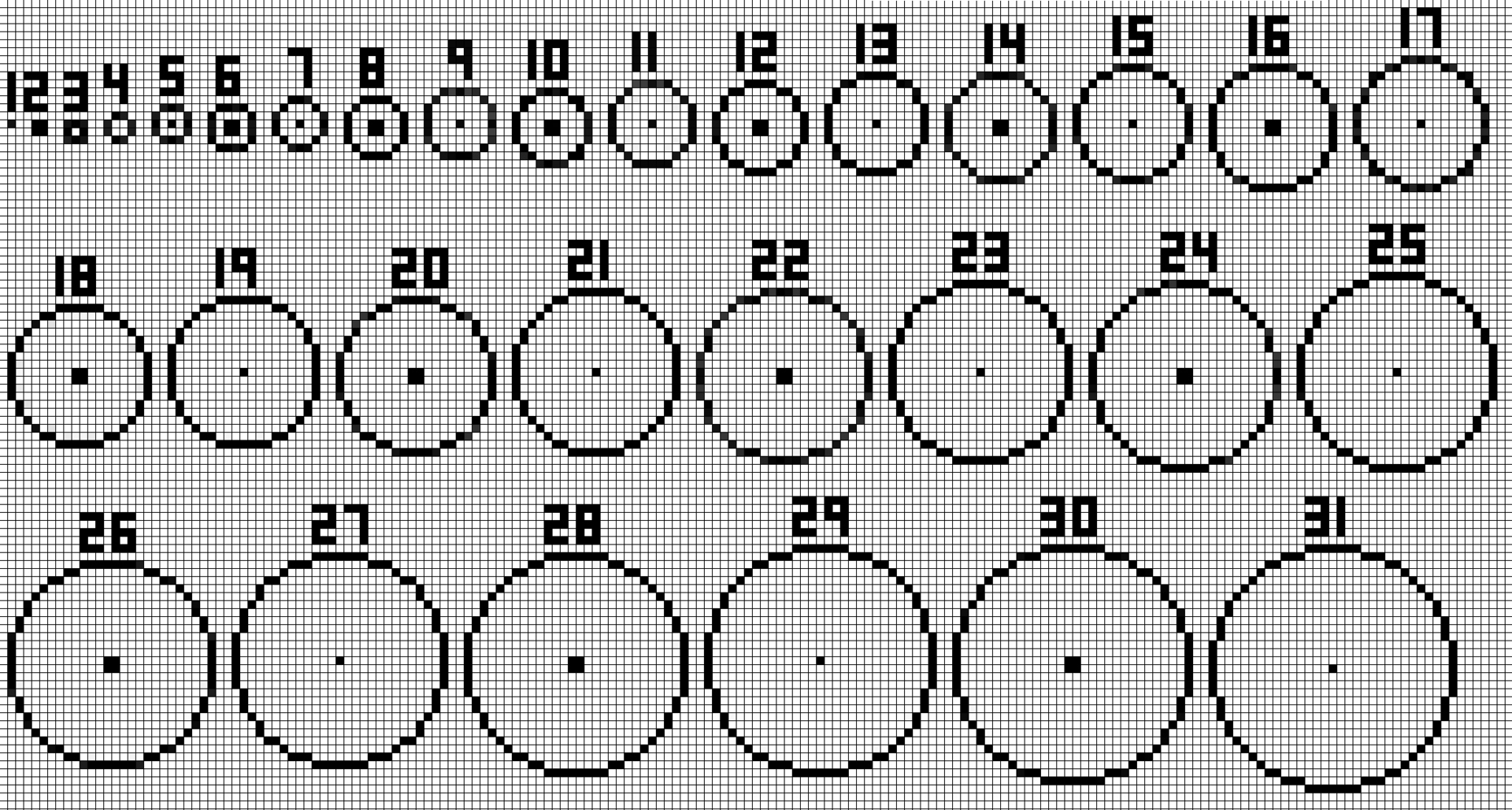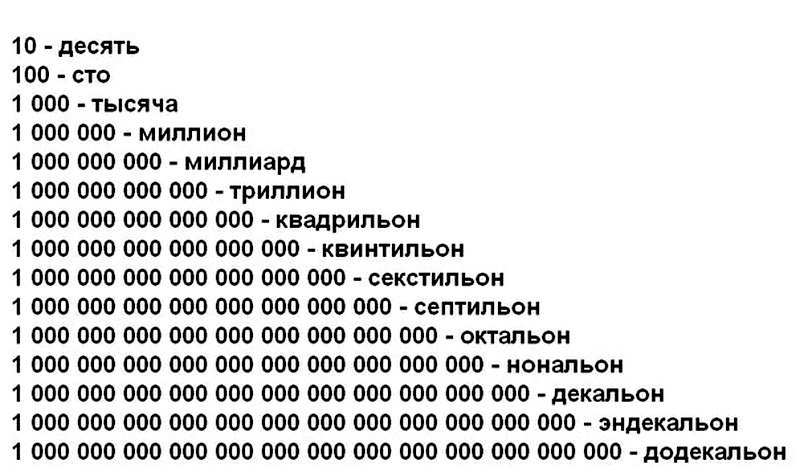The ideal mathematical circle does not exist

Any engineer needs accurate computer and physical modeling, especially if the company wants to create the most wear-resistant and durable bearing, its circumference and parameters should be known, almost to the level of an atom.
Imagine, you give the task to the programmer to find the exact percentage and model of contact of the bearing, and it turns out that this is impossible, since it is impossible to simulate the exact circle. As it is impossible to simulate the exact area of contact.
The concept of a circle is one of the universal mathematical concepts that can be literally generalized to the case of arbitrary metric spaces. But in the computer science section, this topic is very rarely raised because it is difficult to impossible.
So what is a circle? And why its exact mathematical model is impossible.

In scientific understanding, a circle is a regular 65537 polygon (sixty-five-five-thousand and fifty-thirty-diagonal) - a regular polygon with 65 537 angles and 65 537 sides.
So for a programmer, a circle is a polygon with 65 537 angles - and these angles will be in contact with a flat surface or the same circle, and changing the balance of the whole mathematical circle with 65 537 angles. Agree that the model is already outdated?
Gauss in 1796 proved that a regular n-gon can be constructed with a compass and a ruler if the odd prime divisors of n are different Fermat numbers. In 1836, P. Wanzel proved that there are no other regular polygons that can be built with a compass and a ruler. Today this statement is known as the Gauss – Wanzel theorem.
I can even discover a secret so narrow in the industry of bearings that most automobile, railway and air disasters occur precisely because of poor-quality bearings, since it is sometimes impossible to check the quality and circumference, since science works mainly not with numbers but with “ranges”, then the percentage of defects in bearing industry due to the problem of creating a perfectly smooth bearing is the highest.
We see such a problem in games.
Accuracy

And this accuracy is very low.
And 65 thousand angles in a circle is less than a million.

But even this is not the limit. An ideal circle is generally endless (has an infinite number of angles). How then to express it in programming, if any number is its inaccurate model? Or will such high accuracy be unnecessary already? Indeed, in any mass modeling of the smallest detail, cascading avalanche-like effects are formed that give different results.
Thanks for attention.
